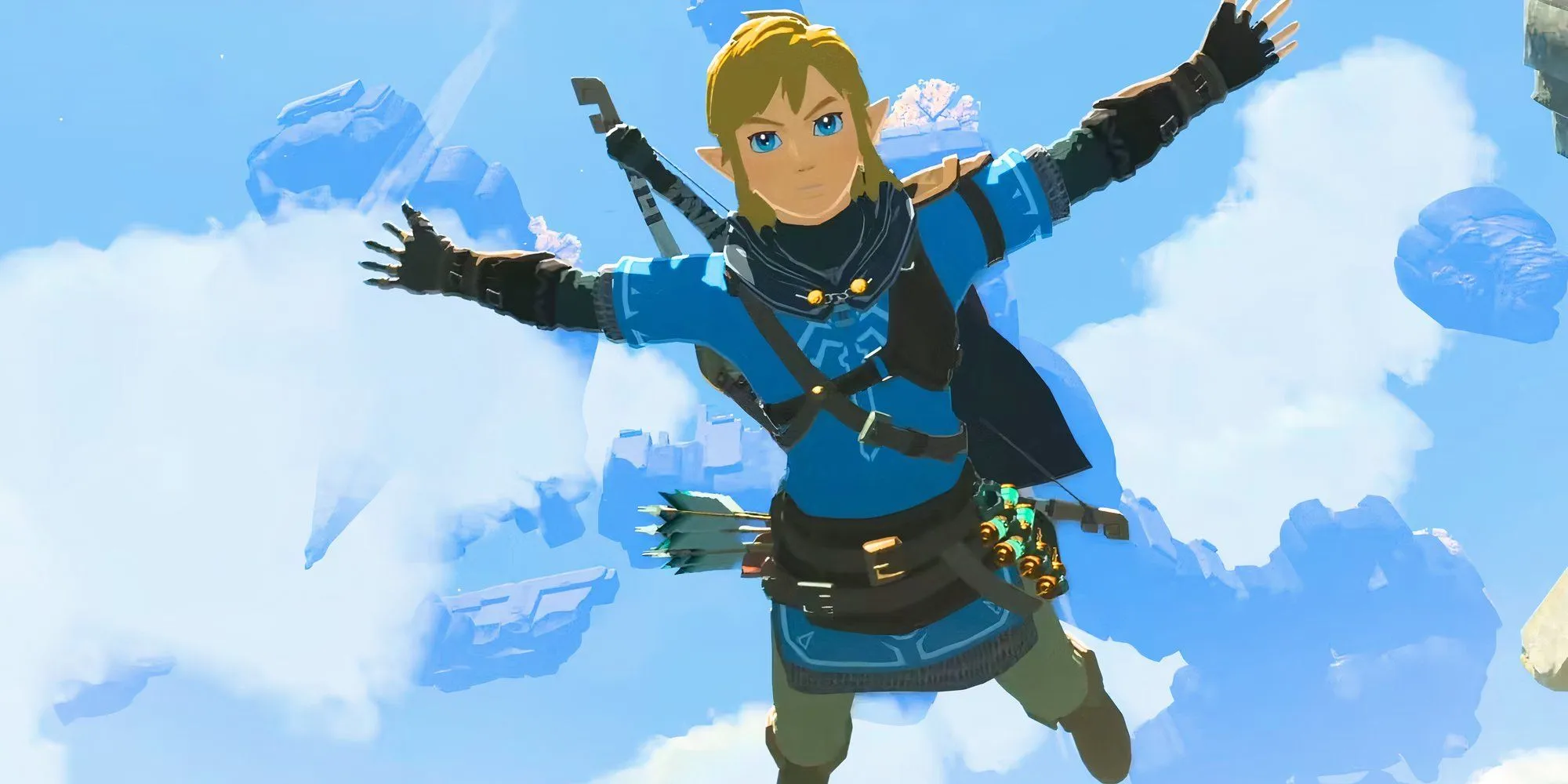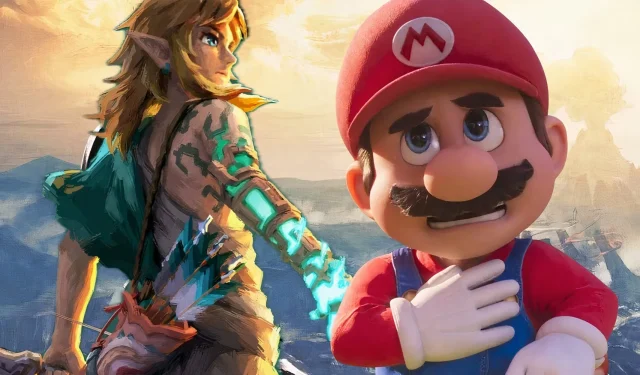Overview
- The Super Mario Bros. Movie achieved monumental success, surpassing $1 billion in earnings.
- The adaptation of The Legend of Zelda poses unique challenges due to its intricate lore and live-action format.
- Fans anticipated an animated approach for Zelda, making the live-action decision a potentially risky venture.
Nintendo’s recent foray into cinema has proven fruitful with The Super Mario Bros. Movie, which not only became a cultural phenomenon but also set a record as the highest-grossing film based on a video game, raking in over $1 billion in 2023. The film successfully blended nostalgia with appeal for new audiences, resulting in a celebration of the franchise’s rich history.
By collaborating with Illumination Entertainment, Nintendo managed to marry vibrant, lively animations with the beloved stories of Mario and his companions. This synergy was critical, as the film’s cheerful tones and family-friendly narrative aligned perfectly with the characters’ known exuberance. While it may not have transformed the landscape of video game adaptations, The Super Mario Bros. Movie effectively demonstrated Nintendo’s ability to succeed in this arena, emphasizing its potential to lead in future adaptations. However, the spotlight now shifts to the forthcoming adaptation of The Legend of Zelda, a project that could present significant hurdles for the studio.
Scheduled for theatrical release on March 26, 2027, the upcoming Zelda film is already generating buzz, despite the many questions surrounding its development. Wes Ball, recognized for his direction of the Maze Runner series, has taken the helm, with Shigeru Miyamoto prominently involved as a producer. The intriguing choice to opt for live-action instead of animation has caught many fans off guard, raising concerns about how well the fantastical elements of Zelda will translate to this medium.
Challenges of Live-Action Adaptations: Zelda’s Unique Hurdles

For many devoted fans of the Zelda franchise, it was natural to expect an animated film, given the series’ long history of vibrant and enchanting visuals. Since the revolutionary Ocarina of Time, which introduced extensive three-dimensional graphics, most games have embraced a cartoonish aesthetic. More recently, the acclaimed Breath of the Wild adopted a stunning cell-shaded look reminiscent of works from Studio Ghibli, making the live-action direction an unexpected and controversial decision among fans.
While the Mario franchise is often seen as quirky and whimsical, the Zelda series embodies a profound fantasy narrative rich in surreal and complex themes. Beneath its simple premise of a courageous hero embarking on a quest to rescue a princess lies a labyrinthine mythos that is anything but straightforward. The parallels between Mario’s adventures and Zelda’s quests reveal a deep connection, yet the latter’s broader and wildly imaginative landscape may create unforeseen live-action challenges.
Adapting a live-action version of Zelda brings a host of logistical dilemmas. Players encounter diverse races of magical beings in the games, including tree dwellers, aquatic creatures, and rocky beings that eat stones. The biomes are equally varied, with Link traversing underwater kingdoms, soaring sky islands, and the labyrinths of Hyrule. Such environmental diversity is essential to any adaptation, but translating vast, complex dungeons will demand intricate set designs, not to mention the elaborate creatures and adversaries inhabiting Hyrule. The adaptation process must grapple with how to portray Zelda’s distinct enemies—such as the bizarre Bokoblins and Ganon’s monstrous forms—while remaining faithful to the original vision of the game.
The Unmet Potential of a Ghibli Collaboration

The legacy of Studio Ghibli, while currently on a slower production timetable, remains immensely impactful. The recent IMAX re-release of Princess Mononoke reminded audiences of Ghibli’s greatness, attracting significant box office returns. If any studio could effectively develop a Zelda film, it would undoubtedly be Ghibli, which fans believe could perfectly embody the series’ essence through its enchanting animation style. Both Zelda and Princess Mononoke share thematic elements highlighting the battle against ancient evils, making Ghibli’s visual storytelling particularly well-suited for this adaptation.
Moreover, Ghibli’s experience with nuanced silent characters could have offered a more elegant solution for Link’s iconic muteness, potentially crafting a deeper connection with audiences. Characters like Turnip-Head in Howl’s Moving Castle and Yakul in Princess Mononoke demonstrate how subtleties can evoke empathy and understanding in animated forms.
It’s unfortunate that Nintendo did not explore the opportunity for collaboration with Ghibli, particularly considering how the magic of animation could have harmonized with the narrative complexity of Zelda. While a live-action film could succeed in exploring darker, more intricate themes, a missed chance exists for a beautifully animated adaptation. As Nintendo endeavors to solidify its standing in the realm of video game film adaptations, the success of this upcoming Zelda film is pivotal in its quest for lasting prominence in cinema.


